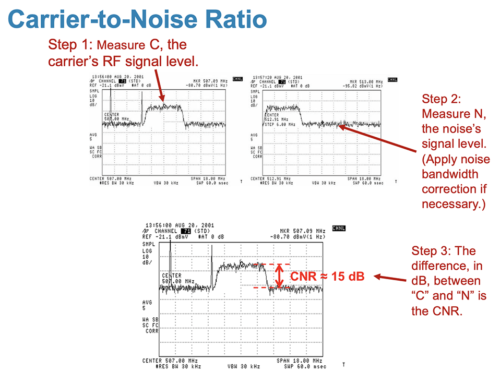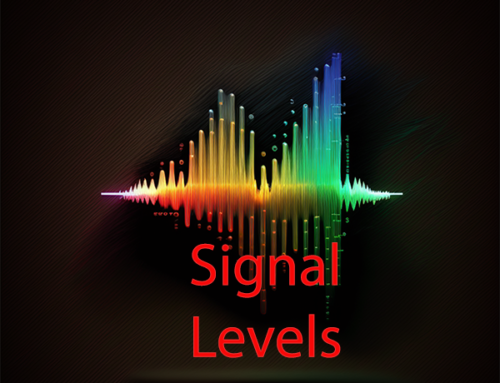In my post on DOCSIS 3.0 CMTS Architecture, I covered at a high level, the differences between Integrated and Modular CMTSs (I-CMTS and M-CMTS). In this article I am going to further explore the M-CMTS in order to describe two import elements of DOCSIS 3.0 network, the edge-Quadrature Amplitude Modulator or EQAM and the DOCSIS Timing Interface Specification Server or DOCSIS Timing Server. Before I cover these components I will show how they are integrated with the M-CMTS architecture.
If you are familiar with general M-CMTS architectures, you will be familiar with the following diagram:

M-CMTS Architecture Diagram
In today’s DOCSIS 3.0 CMTSs, the M-CMTS core and Upstream Receiver reside within the CMTS mainframe. In the case of a Cisco 10k or Motorola BSR64k, these can be configured as modular CMTSs provided they have the correct CPU, IOS, line cards, and special wideband interface cards for communicating with the DOCSIS Timing Server and Edge QAM. From the line card perspective, the upstream ports are utilized as they have been previously, although special consideration will need to be taken if and when upstream channel bonding is implemented. The downstream ports on the CMTS line card are used as the Primary Channels. Primary channels in a DOCSIS 3.0 network are those channels which carry information needed by cable modems for registration and network operation. Later on I will discuss in more thorough detail the different types of downstream channel types, such as primary, local, and secondary downstream channels.
A DOCSIS 3.0 CMTS vendor will provide some additional specialized DOCSIS 3.0 cards. One of these cards will typically be a gigabit Ethernet card that enables connectivity to the DOCSIS Timing Server using the DOCSIS Timing Interface specification (DTI). The connection to the DOCSIS Timing Server is usually implemented via a CAT5e cable. It is also strongly recommended that each CMTS be connected to a second DOCSIS Timing Server for redundancy and so you will find two RJ-45 ports for the DTI Server connection.
The second DOCSIS 3.0 specialized interface card is the one for communicating between the M-CMTS core and EQAM. This card will typically have a GBIC interface so that it can be configured with either copper or (CAT5e) or optical (multi-mode fiber) between the CMTS chassis and the EQAM. There are multiple ports because CMTS will likely be transferring more traffic in the downstream than one gigabit Ethernet port can handle. From a configuration standpoint, once the wideband interface card is added, all of the DOCSIS 3.0 downstream channel bonding commands are enabled in the DOCSIS 3.0 IOS that is installed in the system. It is at this point that configuration of the downstream bonding groups to their respective MAC address in the EQAM occur. While configuration of a CMTS for downstream channel bonding is described in all vendor documentation, it is rather elaborate and beyond the scope of this blog to fully describe the configuration process. Once properly configured, the CMTS core will be bound to the EQAM over the physical connection between the wideband card and EQAM. Downstream data is transmitted over the primary (CMTS) downstream channel and over the bonded EQAM channels as defined in the CMTS running configuration. The link between the CMTS wideband card and the EQAM uses a DOCSIS 3.0 protocol called Downstream External-Phy Interface (DEPI). DEPI is based upon the L2TPv3 protocol, which in layman’s terms is a very good protocol for transmitting multiple streams of IP data over the same physical media. The reason this is important in the DOCSIS 3.0 network is because the DEPI must be able to manage not just data, but also video while managing QoS. I will cover downstream DEPI protocol in another article.
In summary, a DOCSIS 3.0 M-CMTS is made by first taking a typical CMTS chassis and upgrading it – rather significantly actually because the costs are not trivial. This upgrade enables connectivity to two very important pieces of equipment; 1) a DOCSIS time server which ensure that the M-CMTS core, Edge QAM and upstream are synchronized to nanosecond levels to support the existing DOCSIS requirements for frequency and timestamps that existed in the traditional CMTS; 2) an EQAM, which enables multiple downstream RF channels and channel bonding. In my next couple of articles I will cover the DOCSIS time server and the EQAM in more detail as these are critical elements of a DOCSIS 3.0 network.
Previous events can be seen under the blog.
- If you are watching this on youtube please hit the subscribe button!
- Let us know what you think and remember to share!
- You can find slides at the bottom of the page and some on slideshare.
- Find out about events or articles by following us on Twitter, LinkedIn or Facebook too.
- We have stuff. Interested in buying some clothes with cable stuff. Click here
Also available on iTunes, Google Podcasts, Spotify, vurbl see podcasts “get your tech on”.




Brady,
I am looking out to setup a test lab and I am evaluating both Cisco 10k-M and Cisco 10k-I.
Could you please let me know the Cards/Modules that are required and also the costs involved in the same.
Hi RaV,
I have built several labs and systems with Cisco gear. They have a number of cards, processing engines, SPAs (cards to interface with the e-QAM), gigabit interfaces, power supplies, etc. The pricing will vary dramatically depending upon your application. My recommendation to you is look for your local Cisco Certified supplier and establish a relationship with them. They will be able to help you determine what you need for your lab, get you quotes, etc. I also strongly recommend getting and keeping the Cisco Smartnet service agreement up to date so that you get service, support and the latest IOS / firmware as they come out. It may seem expensive, but when something breaks or you need support you’ll be very happy with your investment!
-Brady
Hi Brady,
Is a place to read you.. where can i find more information about primary, secundary channels?
“Later on I will discuss in more thorough detail the different types of downstream channel types, such as primary, local, and secondary downstream channels.”
Regards